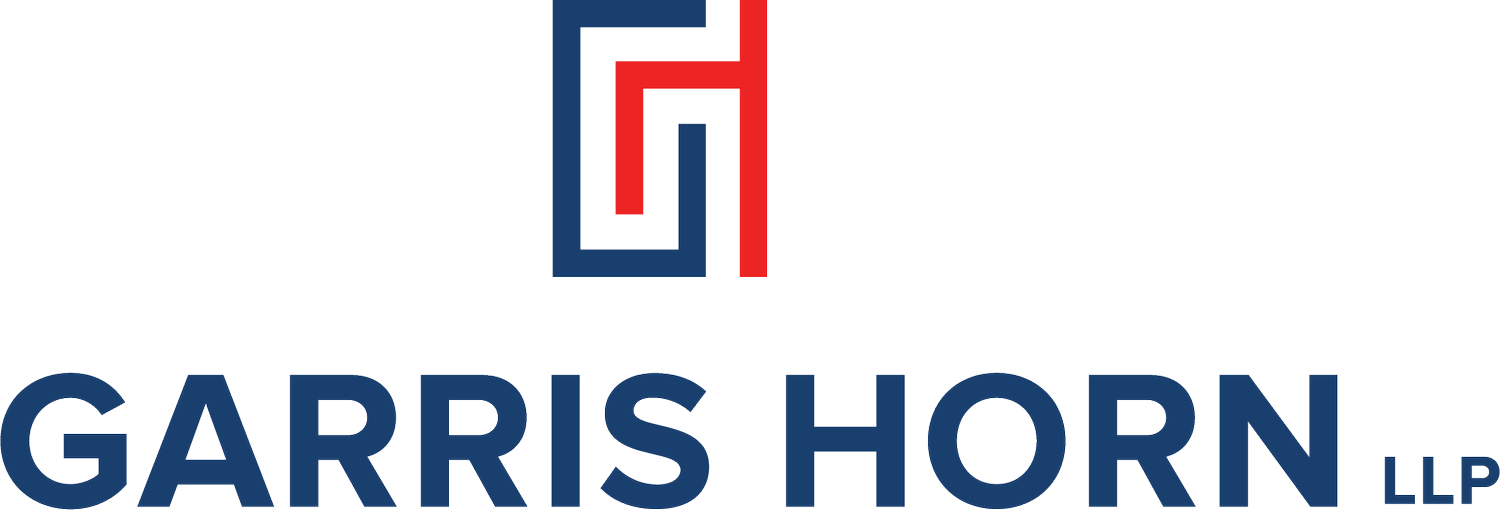CFPB Issues TRID 2.0 Final Rule – Summary Available
The CFPB issued its final rule to amend TRID on July 7, 2017, almost one year after the CFPB issued its proposal. The CFPB stated that, “[t]his final rule will generally benefit consumers and industry alike by providing greater clarity for implementation going forward.” The final rule, which has been commonly referred to as “TRID 2.0,” finalized many of the proposed changes that would have affected the scope of the rule and the completion of the Loan Estimate (“LE”) and Closing Disclosure (“CD”) for particular loan transactions, but it did not finalize some of the most controversial proposed changes in the CFPB’s proposal. The press release and final rule are available at: https://www.consumerfinance.gov/about-us/newsroom/cfpb-finalizes-updates-know-you-owe-mortgage-disclosure/.
Weighing in at 560 pages, there is certainly a great deal of information in this rule for industry to review and implement. The rule has many very detailed and technical changes that you will have to make sure your systems have correctly implemented, as well as big picture changes in interpretation that require some business decisions. The final rule also has some very surprising changes, and the CFPB's preamble raises some new questions about how the CFPB will interpret the old rules. TRID 2.0 is much more than a minor amendment rule.
I have drafted a detailed summary of the final rule. It organizes and summarizes the changes in 39 pages, and includes my commentary on the implementation challenges of some of the more difficult changes. Considering I led the original TRID final rule while at the CFPB, I think this is a very valuable document to guide your implementation to make sure your institution is ready for October 1, 2018. Please email me at rich@garrishorn.com to purchase it today.
